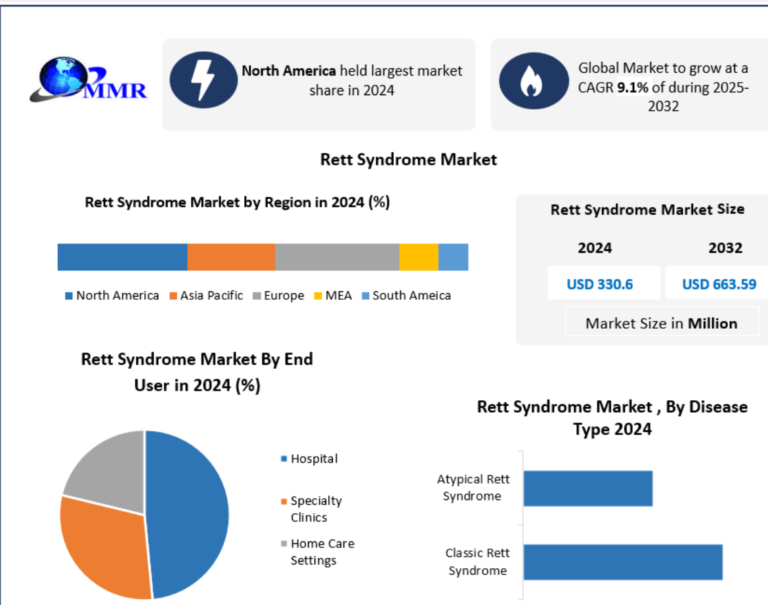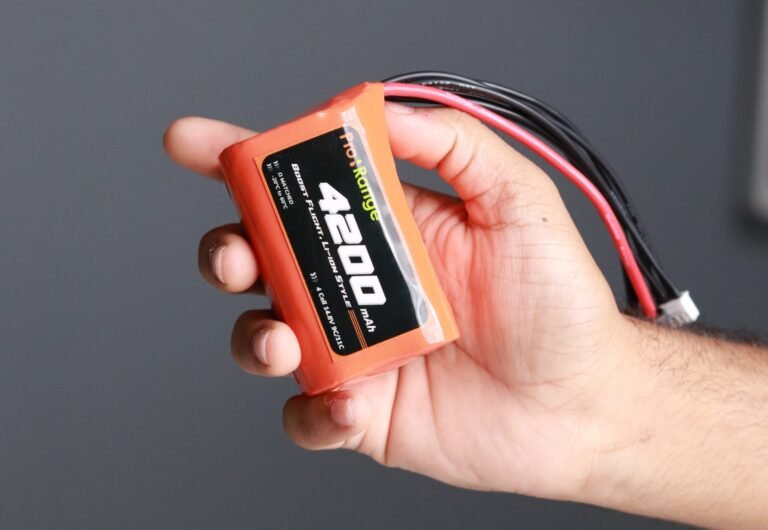In the evolving world of blockchain, launching a token is no longer just a technical or economic exercise — it’s a full-scale marketing operation that must appeal to multiple stakeholder groups with very different needs. While retail investors are often driven by community narratives, hype, and perceived utility, institutional investors prioritize long-term viability, compliance, and deep tokenomics. Successfully AI Token Marketing a token sale to both groups is a balancing act that requires strategic planning, storytelling, legal clarity, and precise execution.
Understanding the Two Audiences
The first step to effective token sale marketing is understanding the stark differences between retail and institutional investors. Retail participants typically include individual crypto enthusiasts, early adopters, and speculative traders who engage with projects on social media platforms like X (Twitter), Telegram, and Reddit. Their decisions are often driven by sentiment, FOMO, and short-term price action. They want quick access, transparent information, a community to engage with, and confidence in the future of the token.
Institutional investors, on the other hand, operate in a more calculated environment. Venture capital firms, hedge funds, crypto funds, and high-net-worth individuals evaluate token projects with the rigor of traditional investments. They conduct due diligence on the founding team, legal structure, tokenomics, compliance, and the market fit of the underlying product. Their goal is long-term value, and they expect clear documentation, legal frameworks, and formal investor relations.
To successfully market a token sale to both, the project must speak to the values and expectations of each — without alienating the other.
Positioning the Token and Project Vision
At the core of every token sale is a narrative — the reason this token deserves to exist and why the market should care. For both retail and institutional investors, the project’s vision should be compelling, relevant, and easy to communicate. However, how you communicate that vision needs to be adapted depending on your target.
For retail investors, positioning should be emotionally resonant and community-oriented. Messaging should evoke a sense of mission, excitement, and inclusivity — giving users the feeling they’re part of a movement or early access to a revolutionary product.
For institutional investors, positioning must be rooted in market opportunity and defensible advantage. A data-driven pitch, showing how the project solves a real-world problem and how the token drives measurable value, will go a long way. Detailed whitepapers, case studies, and access to the founding team often support this effort.
The key is to create a layered narrative — with surface-level accessibility for the community and deeper strategic substance for professionals.
Crafting a Dual-Focused Marketing Funnel
A unified token sale campaign must operate on two distinct but interconnected marketing funnels. Each audience requires its own journey — from discovery to commitment — supported by tools, content, and interactions that fit their needs.
The retail marketing funnel typically starts with awareness via social platforms, influencer campaigns, and Web3 media outlets. Engagement happens through community-building on Telegram, Discord, and Twitter Spaces. Education content, AMAs, and regular updates drive users deeper into the funnel. Eventually, a well-timed launchpad or DEX sale offers them the opportunity to invest.
In contrast, the institutional funnel starts with direct outreach, pitch decks, and warm intros via networks or advisors. Once initial contact is made, VCs expect private meetings, due diligence documentation, legal disclosures, and often a clear vesting schedule. These investors require personalized attention and are more likely to invest at seed or strategic stages before any public sale is announced.
Coordinating both funnels requires a team capable of switching tones, strategies, and priorities on the fly. Retail needs volume, visibility, and virality. Institutions need relationships, reliability, and rationality.
Legal Compliance and Trust Signals
Institutional investors will not participate in a token sale unless they are confident in the regulatory clarity of the project. Retail investors may be more forgiving, but even they are becoming increasingly aware of regulatory issues, scams, and rug pulls. Therefore, clear legal structuring is essential for trust.
For both groups, registering the token as a utility, security, or governance instrument — and choosing the appropriate jurisdiction — is a foundation of your marketing credibility. KYC/AML processes must be transparent and communicated early, especially if the token sale will involve geofencing or tiered access.
Marketing should consistently include trust signals: smart contract audits, legal partnerships, team transparency, and security certifications. Having advisors with public reputations also helps build cross-audience confidence.
Institutional players may even request personalized legal memos, investment rights agreements, and SAFE-token hybrids. Preparing these in advance and making them available during investor outreach speeds up decision-making and positions your project as serious and well-prepared.
Tokenomics and Financial Narratives
Tokenomics is the backbone of any credible Web3 project. It defines not only the value of the token but also the structure of incentives across the ecosystem. Both retail and institutional investors will analyze tokenomics, but in different ways.
Retail buyers often look at the total supply, price at launch, allocation to community and public sale, and the projected roadmap. A clear path to utility — staking, governance, rewards — enhances retail appeal.
Institutions dig deeper. They assess inflation rates, unlock schedules, the vesting of founders and advisors, liquidity mechanisms, and potential long-term price stability. They also want to see how the token interacts with business models — does it generate yield, pay for services, or act as a gatekeeper to revenue?
Marketing should provide both a simplified summary for retail and a detailed technical overview for professionals. While whitepapers cover the depth, creating tokenomic explainer videos, blog posts, and visuals can bridge the knowledge gap across investor types.
Launchpad Strategies and Tiered Access
Token launchpads have become a popular tool to reach retail audiences in a controlled manner. Platforms like CoinList, DAO Maker, and Polkastarter allow projects to offer a gamified, tiered investment experience to early adopters while enforcing KYC and caps.
For institutional investors, direct allocations and strategic rounds happen behind the scenes, usually months before public launch. Marketing this phase often involves NDAs, exclusivity, and coordinated PR embargoes.
To bridge the two, many projects adopt tiered token sale structures. Early investors (institutional) get locked tokens with vesting, while public rounds offer smaller, immediate-access tokens with limited upside and fewer risks. Communicating the fairness and transparency of this model is vital to prevent backlash or misunderstanding from the community.
The sequencing of announcements — private round, seed, strategic, public — should be planned like a product launch. Retail and institutional timelines need to be mapped out so that marketing efforts don’t cannibalize each other, but instead build momentum cumulatively.
Community and Ecosystem Development
For retail investors, community is not just a support system — it’s a reason to invest. Many users decide to buy tokens based on the strength, responsiveness, and vibe of the community. Marketing to this group must include consistent community engagement, gamification, and user participation initiatives.
Giveaways, ambassador programs, content creation challenges, and DAO-style voting can generate buzz and provide a sense of belonging. These strategies make retail participants feel emotionally and economically invested in the project’s success.
For institutional investors, a strong community signals traction, demand, and product-market fit. When pitching to VCs or funds, highlighting your community metrics — active users, Discord engagement, Twitter growth — adds credibility. Some investors now require projects to demonstrate traction before funding, especially during the strategic or Series A phase.
Community also provides post-sale liquidity and resilience. Institutional investors want to know their tokens won’t get stuck in illiquid markets. Marketing the health of your user ecosystem is therefore not just a short-term win — it’s a long-term value proposition for serious capital.
Content Strategy and Media Channels
The content strategy for a token sale must serve both education and promotion, and it must be distributed across the right channels for each audience. Retail content often lives on Twitter, TikTok, YouTube, Telegram, Reddit, and Medium. It should be visual, fast-paced, and digestible. Memes, threads, infographics, and explainer videos dominate this space.
Institutional investors live on LinkedIn, industry newsletters, conferences, and private calls. Long-form content such as whitepapers, pitch decks, investor memos, and panel appearances at serious events (like TOKEN2049 or Messari Mainnet) carry more weight here.
Your token sale marketing strategy should include parallel content calendars — one tailored for community engagement and the other for investor relations. Consistency across these verticals creates a seamless brand experience and maximizes trust.
Strategic Timing and Public Relations
Timing is critical in token sale marketing. Pre-sale, whitelist, public sale, listing — each milestone needs a narrative and media push. PR strategies should be coordinated in phases, with exclusive interviews for institutional-focused media (e.g., CoinDesk, The Block) and viral-focused exposure through influencers and YouTubers for the retail side.
Additionally, aligning your token sale with macro events — such as bullish market sentiment, relevant industry developments, or crypto regulatory wins — can boost visibility and confidence. Avoid launching during unstable periods or in the shadow of other major token launches, as attention and capital are finite.
Marketing your milestones with the precision of a product launch — teasers, countdowns, testimonials, case studies — allows your token sale to capture mindshare before it seeks market share.
Post-Sale Communication and Investor Relations
Marketing doesn’t stop once the tokens are sold. In fact, post-sale communication is where long-term investor trust is either built or broken.
Retail communities expect constant engagement: development updates, roadmap progress, listing news, and ongoing community rewards. Ignoring them after the sale can lead to negative sentiment and token dumping.
Institutional investors require formal updates — quarterly reports, token unlock notifications, and cap table updates. They may request calls or private meetings and will want to know how their funding is being used.
Having a dedicated investor relations function — even if informal — helps manage both groups efficiently. Regular, transparent communication ensures investor satisfaction, reduces fear, and supports token value in secondary markets.
Conclusion: Unifying the Strategy
Marketing a token sale to both retail and institutional investors is like conducting a symphony with two very different instruments. Each audience has unique expectations, preferences, and decision-making frameworks. Success comes from understanding these differences and crafting a strategy that respects both.
At the heart of it all lies clarity — in your messaging, tokenomics, legal standing, and delivery. When done right, a dual-market approach not only raises more capital but also sets the stage for a sustainable, value-driven ecosystem where everyone, from the smallest retail buyer to the largest fund, feels aligned in the vision of the project.





